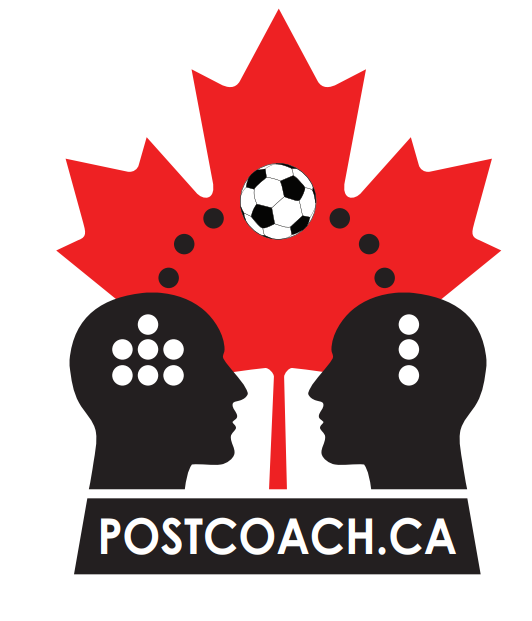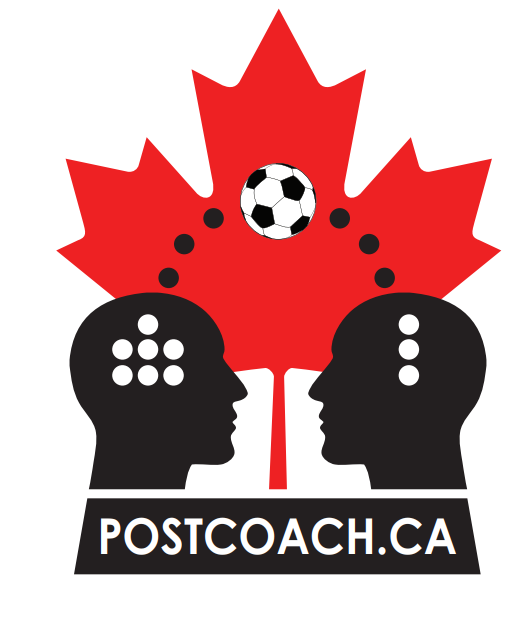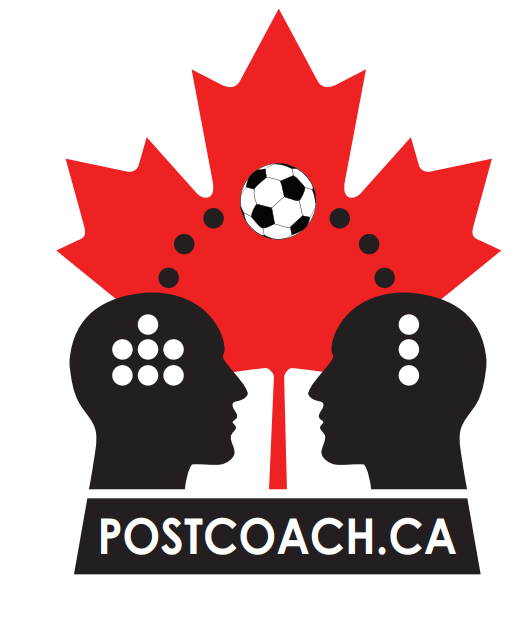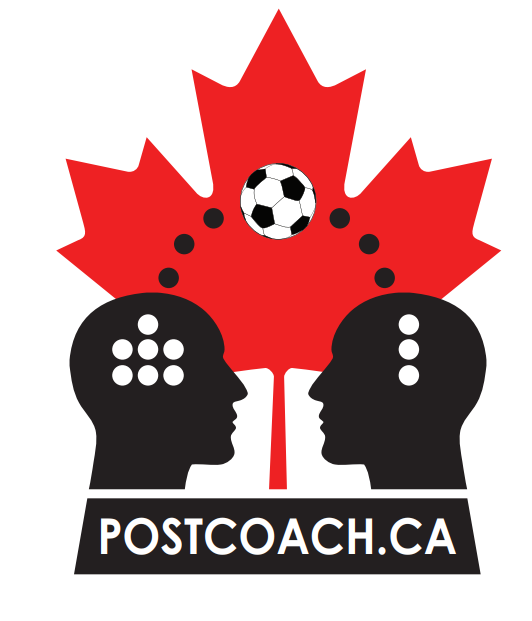React, Respond, Recover: Tackling Mental Fatigue with Lapse Analysis

As we hit the end of the first month of competition in USports and the CCAA, we are all starting to see the “toll” that the new workloads for some athletes is taking on them as players trying to juggle school, athletics at the varsity level in College or University and a social life. In a number of cases, for the first years, or freshmen, a completely new lifestyle that is forcing a number of them to hit the “Rookie Wall”. One University administrator years ago told me, “You are who you will be for the entire time that you are at school in your first three weeks…” and for me, this was my experience, until I figured it out in year five. (Yes that is correct year five of six).
This is the week that the “Freshmen” injuries from training, lack of sleep, being sick in the “caldron of germs” that they have encountered and not being able to adequately recover set in. The training load is incredibly different for most student-athletes, not to mention the course load and the independence that they have never experienced before and how to manage it. Their diets are different, as they are trying to manage what a lot of times was taken care of in preparations and portions by someone else, being away from home, loneliness, confusion that they are just a number and “not that big a deal” like they were the year before in high school, the experience of substance abuse at a different level and having to make choices that most have never had to make. It is just an adjustment that we all try to council them on, but often it falls on deaf ears because they have to experience it first hand to then understand it at all, “experience is the best teacher”.
The following article is courtesy of Grant Hayes from September 21, 2023 https://www.linkedin.com/pulse/react-respond-recover-tackling-mental-fatigue-lapse-analysis-hayes/?midToken=AQGgWYn8AI_qww&midSig=1lDJNlDLZ38GY1&trk=eml-email_series_follow_newsletter_01-newsletter_hero_banner-0-open_on_linkedin_cta&trkEmail=eml-email_series_follow_newsletter_01-newsletter_hero_banner-0-open_on_linkedin_cta-null-r7c44~lmsy91af~id-null-null&eid=r7c44-lmsy91af-id&otpToken=MTYwMDE4ZTkxMzI3Y2JjMGJlMmYwM2UzNDMxY2VmYjM4ZGNkZDk0MDlkYWY4NTZmNzNjMTA1NmU0ODUzNWZmMmZjYTNhZWViMTFlM2I5Zjg1NDAyMGY1ZTdjODI5MGM3ZGViZmE2N2VmMTQwMzI1NzM2LDEsMQ%3D%3D addresses the mental fatigue aspect that we all know exists and until recently, most experienced coaches figured out how to deal with it, but it never has really been spoken about. Out post-secondary athletes here in Canada have to be made to understand that they don’t have to go at it alone and that we as coaches are here to help them, but they also do have to figure it out and how to manage everything.
Mental fatigue, often overlooked, can be the silent saboteur, stealthily undermining an athlete’s performance. This article delves into the subtle yet powerful indicators of mental fatigue: PVT, PVT-B, and the Mackworth clock. These three cognitive tasks can be used to monitor levels of mental fatigue.

Understanding Lapses
As athletes push their limits, maintaining focus becomes paramount. Yet, the more tired the brain gets, the harder it becomes to stay attentive. This is where ‘lapses’ come into play. Lapses are instances of significantly delayed responses, often rooted in diminishing mental vigilance or simple inattentiveness. More than just momentary distractions, these lapses can be telltale signs of mounting mental fatigue. Recognizing them means understanding patterns such as slower reaction times, increased variability, and a rise in the overall count of such lapses. As a metric, they provide a window into the cognitive state of an athlete, serving as early warnings of potential burnout.
Number of Lapses during the Psychomotor Vigilance Task as an Objective Measure of Fatigue

Importance for Coaches
In the competitive world of sports, marginal gains can lead to monumental results. For a coach, recognizing and addressing even the subtlest of performance deteriorators can be the difference between victory and defeat. Mental weariness, indicated by an increase in lapses, can hinder an athlete’s performance, often in unnoticeable ways. But these silent signals, when identified early, offer invaluable insights. By closely monitoring lapse counts, coaches can not only gauge an athlete’s mental stamina but also forecast potential burnout risks. In essence, being attuned to these quiet indicators can empower coaches to make strategic decisions, optimizing both training sessions and game-day performances.
Methods to Measure Lapses
Understanding the concept of lapses is one thing, but how can they be effectively measured? The three tests described below are specifically designed to capture the nuances of mental fatigue in athletes.
Psychomotor Vigilance Test (PVT)
An established method that flags any response taking more than 500ms as a PVT lapse. It is a valuable tool for understanding delayed reactions that can hint at underlying mental fatigue.
The PVT-B Test
A variant of the PVT, this test classifies any response time slower than 355ms as a PVT-B lapse. It provides a slightly different threshold, making it suitable for certain sports or situations where quicker reactions are paramount.
The Mackworth Clock Test
Diving deeper into the intricacies of reaction time, this test deems any response over 650ms as a Mackworth lapse. It provides a comprehensive measure of an athlete’s sustained attention and vigilance over prolonged periods.
These tests, with their specific thresholds, offer tangible metrics that coaches can employ to assess an athlete’s attention span and reaction times. By integrating them into training routines and tracking the frequency of these lapses, a holistic picture of an athlete’s mental condition emerges, allowing for tailored training approaches.
How to Use Lapse Count Analysis in the Real World
Incorporating lapse count analysis into an athlete’s training regimen provides a tangible approach to measure their mental fatigue and overall cognitive well-being. Here’s a practical guide on how to implement and interpret this analysis using the PVT, PVT-B, and Mackworth Clock test:
Regular Testing: Administer either the PVT, PVT-B, or Mackworth Clock test both pre and post-training. This helps in establishing a baseline and then evaluating the impact of each training session.
Monitoring Over Time: Keep track of the lapse count daily, weekly, and monthly. This longitudinal data provides deeper insights into the athlete’s cognitive endurance and resilience.

Identifying Patterns:
Escalating Lapse Counts: If, over a week, you spot an increasing trend in an athlete’s reaction time, variation, and lapse count prior to their cognitive training, it might be a sign of mounting mental fatigue. In such cases, consider reducing cognitive stressors, allowing the athlete some downtime to recover mentally.

Consistent Scores Pre and Post Training: If you find that the scores on tests like the PVT-B remain relatively unchanged before and after training sessions, it indicates that the cognitive strain from the training isn’t overwhelmingly taxing the athlete. Such consistency can be acceptable, especially during periods intended to be low-load weeks or in the run-up to a major competition.

Informed Training Decisions: Just as with physical exertion, recovery from cognitive strain is crucial. However, there may be times when the goal is to push an athlete to their cognitive boundaries to train their mental resilience. Recognizing the difference between these phases and making training adjustments based on lapse count data ensures that athletes are mentally prepared for the challenges ahead.
Lapse count analysis is more than just a tool; it’s a window into an athlete’s cognitive stamina. By integrating it into real-world training scenarios, coaches can offer a comprehensive training experience, ensuring athletes are prepared both physically and mentally for peak performance.
The silent signals of mental fatigue can be as impactful, if not more so, than any physical limitation. Lapse analysis, with its straightforward approach and actionable insights, offers coaches a powerful tool to ensure their athletes’ cognitive health is given the attention it rightfully deserves.

About the Author:
Grant Hayes is the owner of Soma Technologies a leading cognitive performance training platform used and trusted by professional athletes, military and universities around the world.



